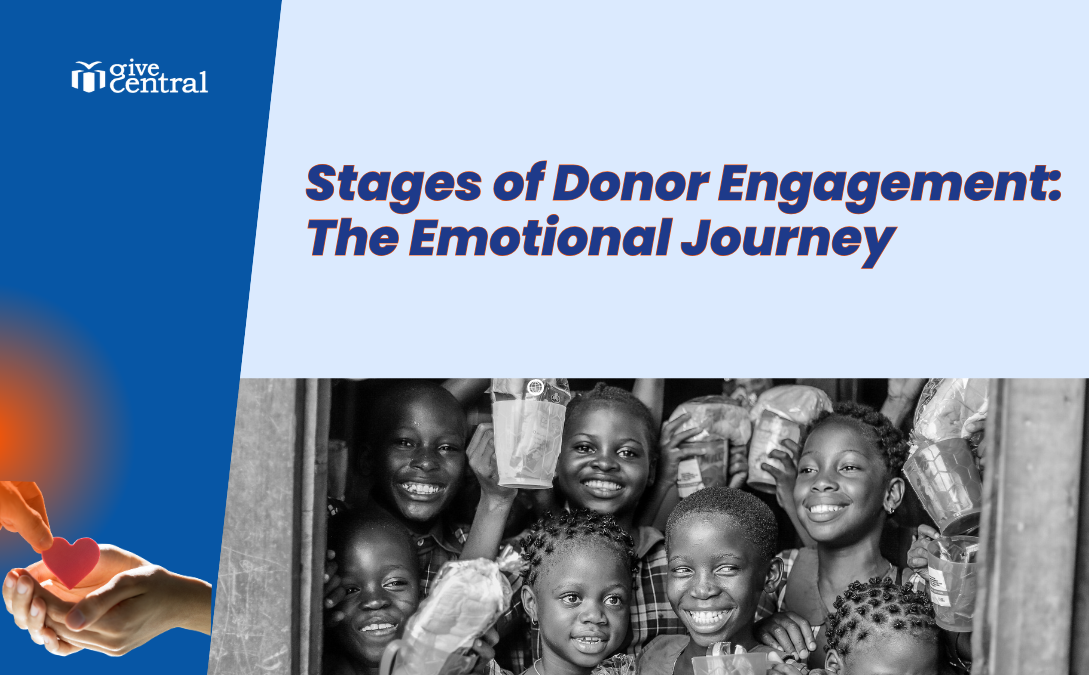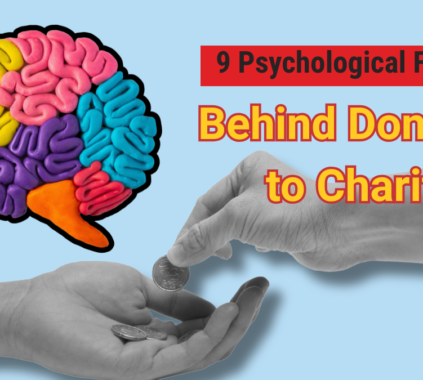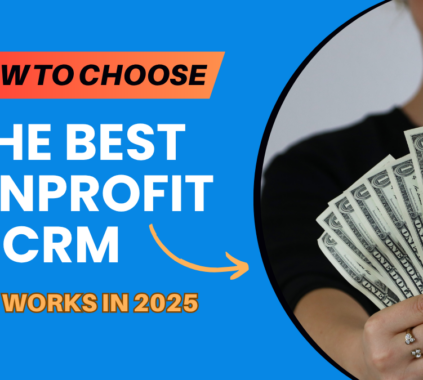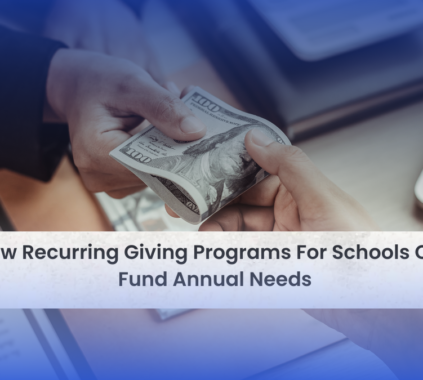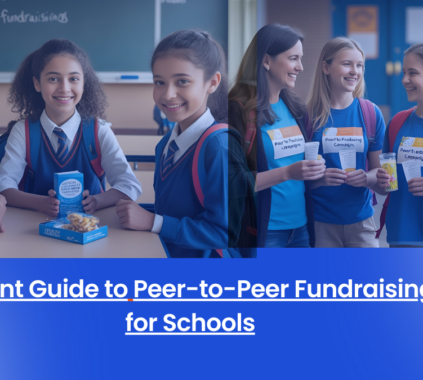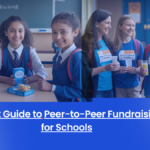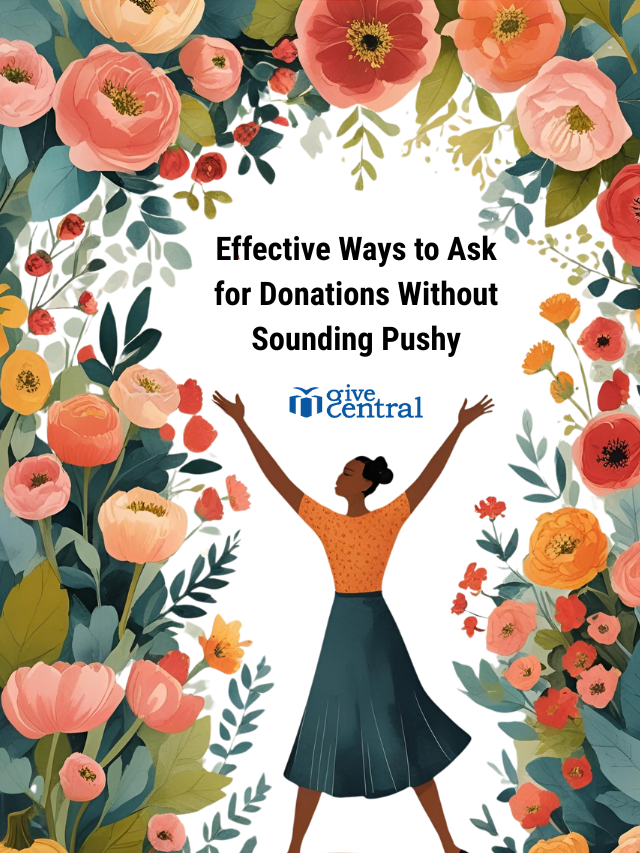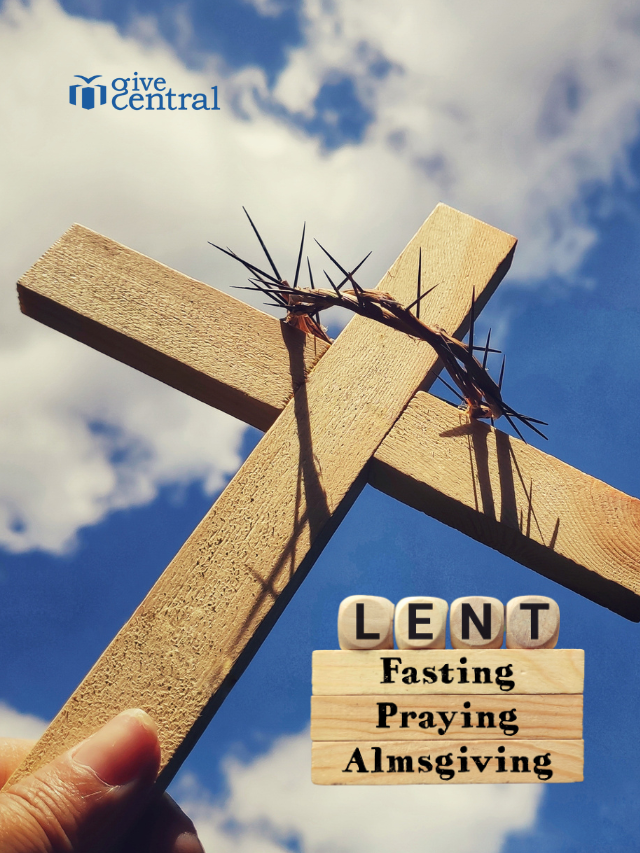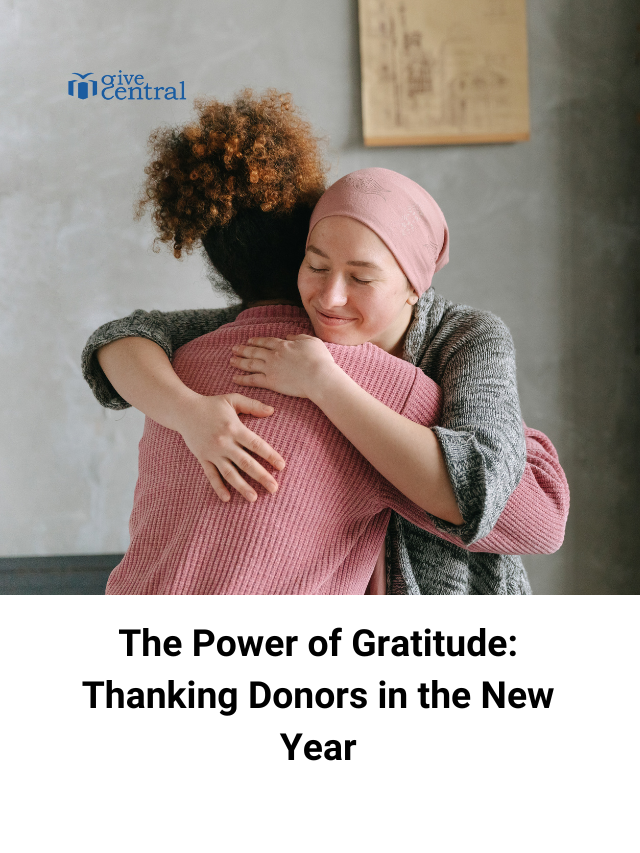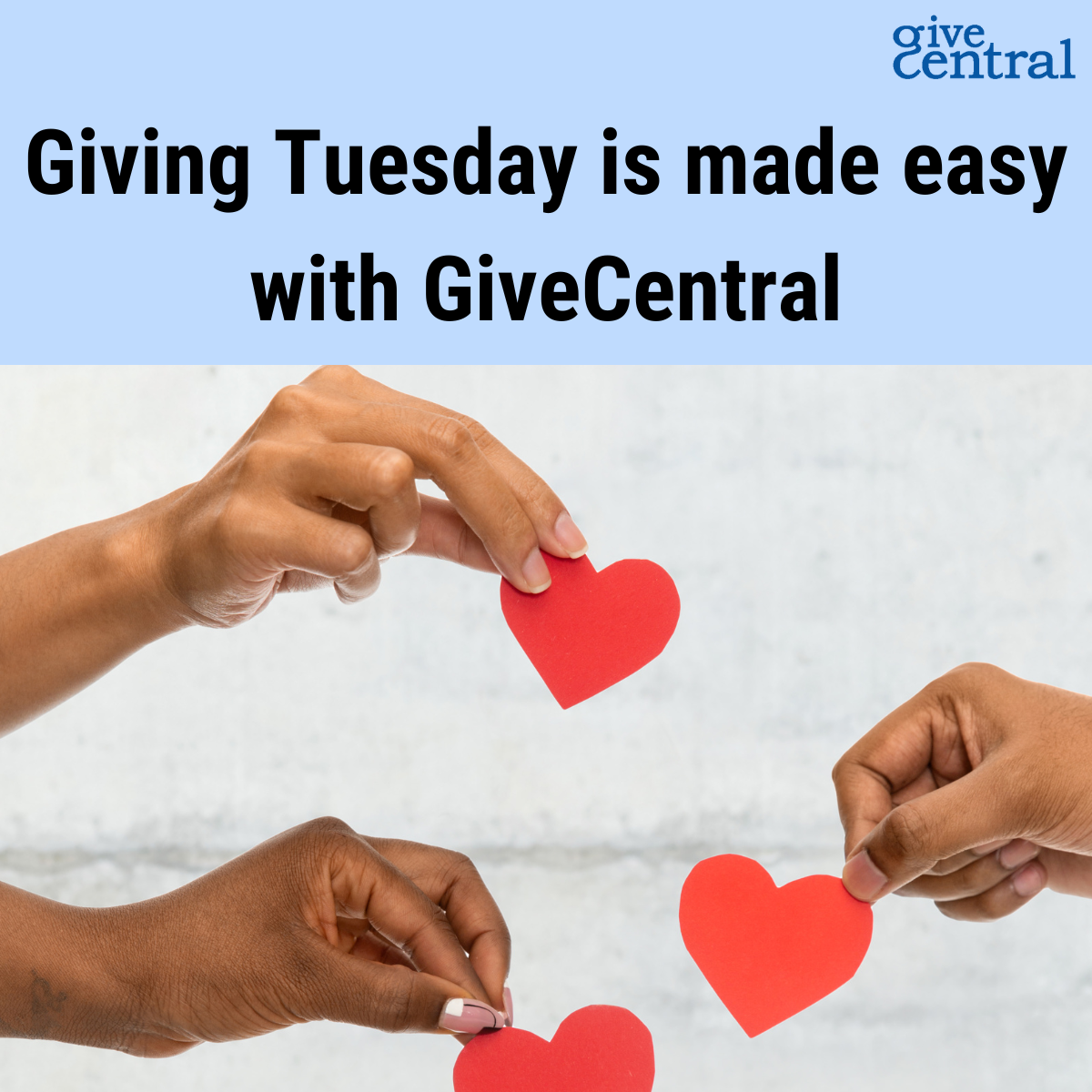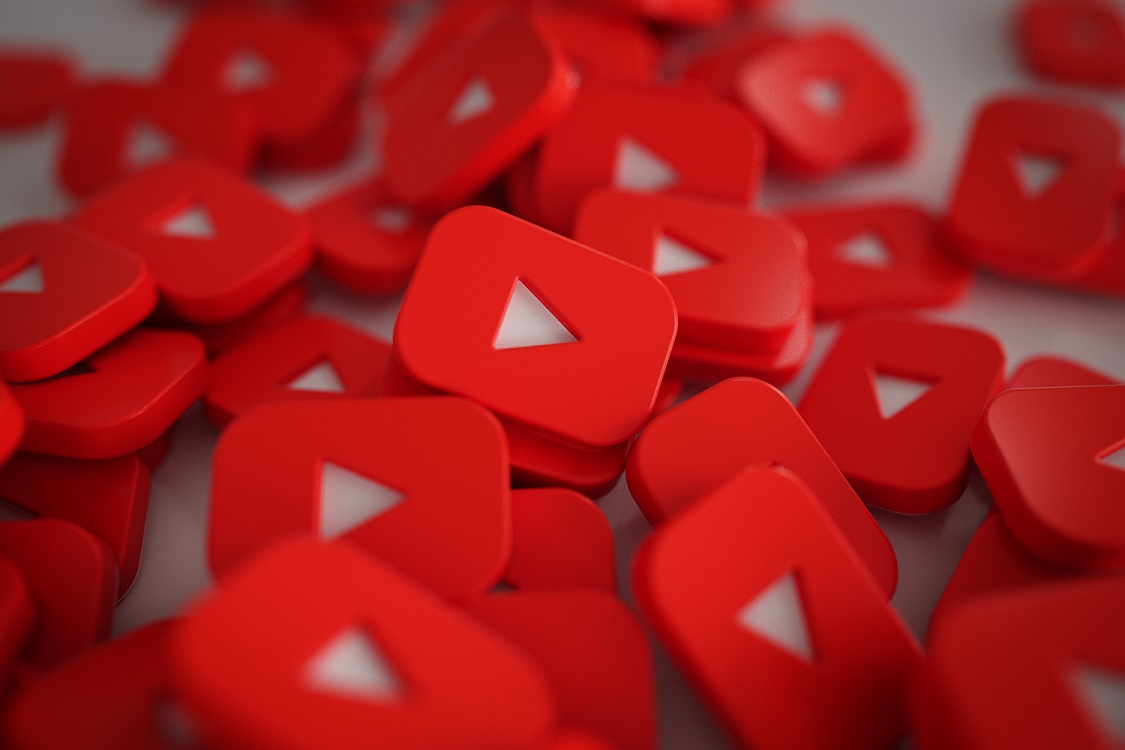Most nonprofits focus on one moment — the donation.
But giving is never just a transaction. It’s a journey. An emotional one.
Your donor starts with a feeling. Maybe hope. Maybe heartbreak. Maybe a moment of compassion they didn’t expect. And what you do next, before, during, and after their gift, decides whether they give again or move on.
At GiveCentral, we’ve seen the difference when nonprofits understand the emotional lifecycle of a donor. They don’t just raise more. They build movements.
Let’s walk through each stage and how to meet your donor at the exact moment they need you most.

Stages of Donor Engagement: The Emotional Journey
People don’t give to nonprofits. They give to causes that move them.
They give when something hits their heart — a story, a face, a moment that says, “You can do something about this.” But here’s the problem: most organizations only focus on the money. Not the emotion behind it.
The result?
- One-time gifts that never turn into lasting relationships
- Supporters who care but feel forgotten
- Donation forms that perform… but don’t connect
Understanding how your donor feels, and responding to those feelings, is what turns a single donation into a loyal supporter. Understanding the science behind donor engagement is crucial.
Stage 1: Awareness — “I just found you”
How they feel:
- Curious
- Uncertain
- Empathetic but cautious
What they need:
- A reason to care
- A clear explanation of the problem
- An emotional hook that feels human
How to meet them:
- Use storytelling that shows one real person, not just stats
- Lead with a photo, short video, or personal quote
- Make your mission easy to understand in 10 seconds
GiveCentral tip:
Your homepage or campaign page should answer one question fast: Why should I care — right now?
Stage 2: Consideration — “Can I trust you?”
How they feel:
- Hopeful
- Interested
- A little skeptical
What they need:
- Transparency
- Proof of impact
- Shared values
How to meet them:
- Show exactly where funds go
- Include testimonials from past donors
- Share before-and-after stories with results
GiveCentral tip:
Use donor-centric language. Talk about what they make possible, not just what you do.
Stage 3: Decision — “I’m ready to give”
How they feel:
- Motivated
- A bit nervous
- Looking for an easy next step
What they need:
- A fast, smooth donation experience
- Confidence that their gift matters
- Optionality (one-time, recurring, tribute, etc.)
How to meet them:
- Use a mobile-optimized, 30-second donation flow
- Reinforce the impact of their gift right on the form
- Add urgency when it’s honest (e.g., “Match ends tonight”)
GiveCentral tip:
Use our platform to create customized giving forms that reduce drop-off and boost conversions.
Stage 4: Post-Gift Glow — “I just gave. Now what?”
How they feel:
- Proud
- Energized
- Curious about their impact
What they need:
- Immediate gratitude
- Emotional validation
- A sense of belonging
How to meet them:
- Send a thank-you email within minutes
- Use video or visuals to reinforce impact
- Show what happens next and how they’re part of it
GiveCentral tip:
Automate personalized thank-you journeys using our built-in CRM tools and keep it human, not robotic.
Stage 5: Reflection — “Was my gift worth it?”
How they feel:
- Curious
- A bit distant
- Wondering if it mattered
What they need:
- Updates that prove change
- Story-driven follow-ups
- A reason to stay involved
How to meet them:
- Send regular, short updates
- Share success stories from programs they supported
- Reinforce their role as a change-maker
GiveCentral tip:
Schedule post-gift content sequences to go out automatically. One donor journey, many touchpoints, all hands-off for your team.
Stage 6: Recommit or Drift — “Should I keep giving?”
How they feel:
- Loyal
- Or… disengaged
What they need:
- A nudge to reconnect
- A reminder of their past impact
- A way to belong long-term
How to meet them:
- Celebrate donor anniversaries or milestones
- Invite them to join a recurring giving program
- Send personalized asks based on their giving history
GiveCentral tip:
Use smart segmentation inside GiveCentral to trigger emails, texts, or reminders based on donor behavior and timelines.
How to Match Message to Emotion — A Simple Chart
| Donor Feeling | Your Response | What to Send |
| Curious | “Here’s why this matters.” | Short video or story |
| Skeptical | “Here’s what your gift does.” | Transparent impact report |
| Proud | “You made this happen.” | Thank-you message with visuals |
| Doubtful | “See the difference you made | Email with real outcomes |
| Distant | “You’re still part of this.” | Personal follow-up or re-engagement |
The Real Payoff
When you align your communications with the donor’s emotional journey, everything changes.
- Your campaigns raise more with less effort
- Your donors give more often
- Your team spends less time chasing and more time connecting
- Your mission gains a community, not just a mailing list
And it’s not about doing more. It’s about doing the right things at the right time with the right message.
Check our blog on how to trigger emotions in your donors to motivate them to give
That’s what we help you build at GiveCentral.
We’ll walk through your current donor journey, identify where you’re losing emotional connection, and help you fix it, using tools you already have or can easily implement through our platform.
GiveCentral is built to help nonprofits like yours build trust, save time, and raise more. Not through guesswork, but by gaining a deep understanding of your donor.
Let’s help you meet them where they are, and keep them coming back.
Book a Free Donor Experience Audit with GiveCentral
FAQ
How can nonprofits maintain engagement and encourage re-donations after a gift has been made?
After a donation, organizations should send timely thank-you messages that include videos or visuals showing the impact of the gift and what’s next. Sending regular, short updates, sharing success stories, and reinforcing the donor’s role as a change-maker help foster a sense of belonging and loyalty. Automating these communications through CRM tools ensures ongoing engagement without additional workload.
What strategies should nonprofits employ in the consideration stage to build trust with potential donors?
In the consideration stage, nonprofits need to demonstrate transparency by showing how funds are allocated, sharing impactful testimonials from past supporters, and presenting before-and-after stories that display results. Using donor-centric language that emphasizes what the donor makes possible is also crucial to reinforce shared values and cultivate trust.
How can nonprofits effectively engage donors during the awareness stage?
During the awareness stage, nonprofits should use storytelling techniques that highlight real individuals and their stories, include compelling visuals like photos or videos, and clearly articulate their mission in a quick, engaging manner. This approach helps meet potential donors at the moment they are curious and uncertain, giving them a reason to care and encouraging them to learn more.
What is the emotional lifecycle of a donor and why is it essential for nonprofits to understand it?
The emotional lifecycle of a donor describes the various emotional stages a donor experiences from initial awareness to ongoing engagement. Understanding this cycle is vital because it helps nonprofits create targeted, empathetic communications that foster loyalty, build trust, and encourage recurrent giving, ultimately transforming one-time donors into lifelong supporters.
easy fundraising ideas Fundraising for Nonprofits nonprofit fundraising
Last modified: August 18, 2025

